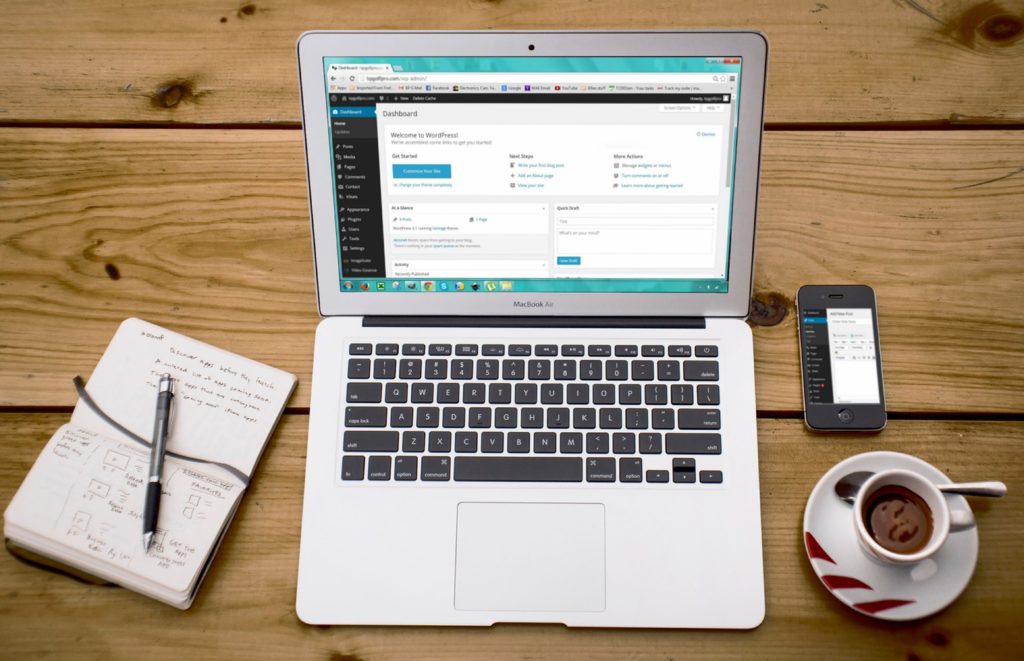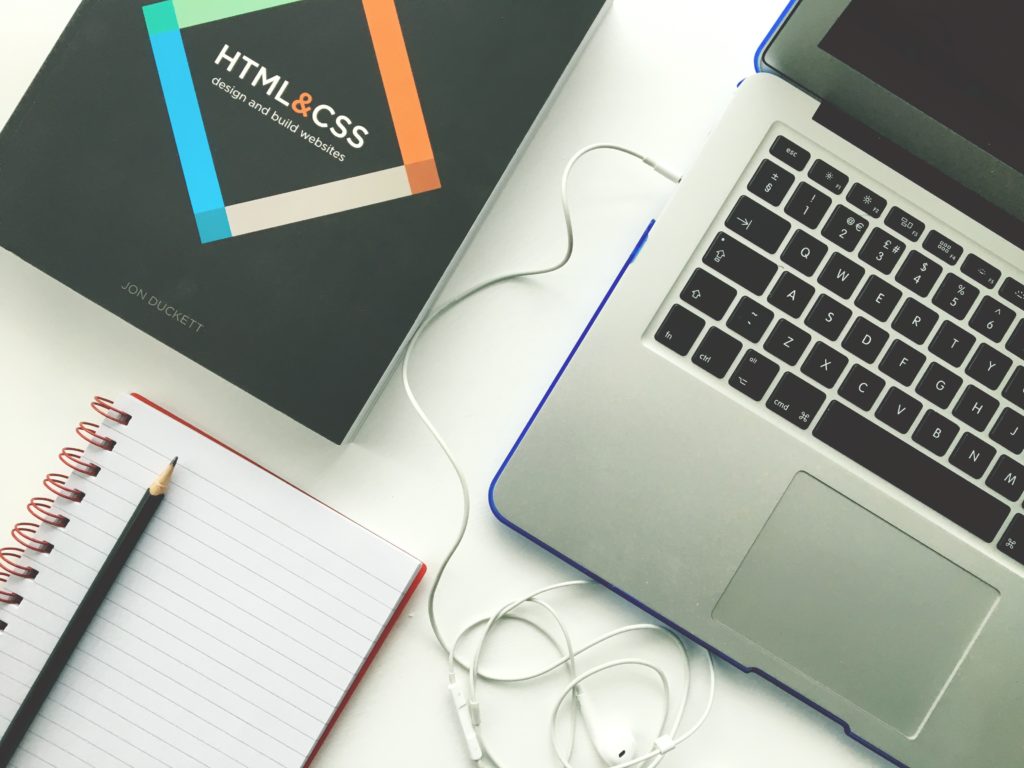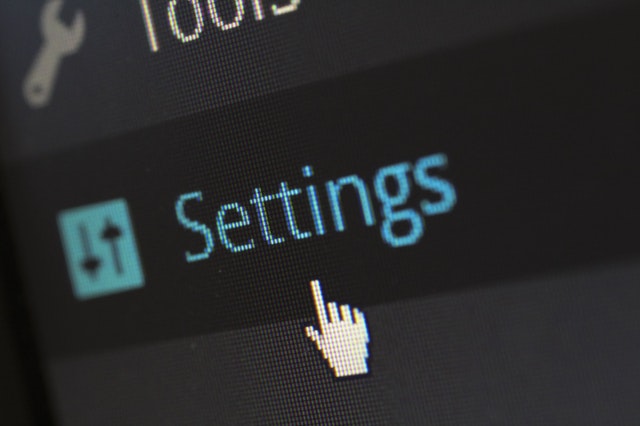Building your own website is easier than ever. On today’s web, there are loads of products and services offering to help you build a website with your own two hands. This sort of service is excellent, giving you the chance to greatly reduce the costs of your website development. But, of course, they also have their problems. Most of these tools will make a beautiful site, but it will look very similar to a lot of other ones out there. One service doesn’t fall short in this regard, though. And that service is WordPress. With this powerful tool, you have the ability to make a website which will leave your visitors in stun and awe at your creation. There will be some learning along the way, but this post is here to help you.
- What Is WordPress?
To start, you have to understand exactly what WordPress is. This platform was originally released in 2003, offering a way for bloggers to present their content in an easy and affordable way. Since then, though, this service has grown by a huge amount. Now, it’s possible to create anything from an online store to a video game hosting site with it, giving business owners a lot of freedom. Along with this, WordPress itself is completely free to use, as long as you have a server to host it on. Other, similar services are much more stripped back than WordPress, making them easier to use but much more limited in their scope.
- What Will You Need To Learn?
Like any complex tool, mastering WordPress will take a little bit of time. Of course, during this time, you can still be making relevant changes to your site. Over time, you will become better and better at manipulating your website, until you’re able to shape it exactly how you’d like to. To help you on this journey, below you’ll find some of the fundamentals which should be learned as you start.
- CSS/HTML
Most websites are built using special code called HTML and CSS. HTML is a markup language, allowing users to build an entire site out of simple text. Along with HTML, CSS works to create the styles behind your site, controlling the colors, sizing, and most other attributes of the elements on it. As an example, say you wanted to create a blue box which sat in the middle of the screen, at 50% its height and width. To do this, you would use HTML which looks like this;
<div class=”TheBox”> </div>
Of course, this is very simple, as it only shows what is going to be displayed, not how it will be displayed. To make the box follow the rules above, you’d also need some CSS. In this example, this would look like the example below.
.TheBox {
position: relative;
height: 50vh;
width: 50vw;
margin: auto;
background-color: blue;
}
In this case, a lot of the attributes are easy to understand. But, the position and margin may be confusing. The relative position allows you to base the layout of elements on the other elements around them, giving you the option to set an automatic margin to place the element in the middle of the screen.
- Developer Options
Along with a little bit of programming knowledge, it can be helpful to understand how the developer options in your web browser work. Using this tool, you can inspect elements of your website to make sure that they have the right attributes. Just right click part of your website and select inspect. Somewhere on the screen, this will open a window with loads of HTML and CSS on display. The CSS is for the item you’ve inspected, allowing you to see exactly what controls it. These options can be incredibly powerful when they’re used correctly, providing you with a clear insight into how your theme and website are built.
- WordPress Plugins
It doesn’t take much playing to figure out how a WordPress plugin works. But, when you first start out, they could be confusing. To learn how to use WordPress plugins, you simply have to get some experience. When you’re learning about this service, it can be worth playing with some plugins before you get to work on your actual site. This will give you the chance to learn a little bit before you start.
- Getting Started
Once you’ve got some knowledge under your belt, you can start work on your website. This all begins with the hosting you choose. This is a very important consideration to make, as different hosts provide different levels of service as varying prices. Read plenty of reviews when searching for something like this, as problems can come up where you least expect them. A company like https://webhostforasp.net is perfect for WordPress, as the platform is a .NET application. Think about your business, and base the package you choose on the amount of traffic you expect to get. In most cases, you can upgrade at any time, making it easy to change your mind.
Once you have your hosting lined up, you can start to think about the theme you’re going to use as the basis for your site. There are loads of free options available directly through WordPress, but you can also find loads of paid options on other sites, too. Buying a theme will make customizing it a lot easier. If you plan to edit the theme’s CSS, you should make sure that you change the theme’s CSS header, to match the new site. If you fail to do this, you could end up losing the theme changes when it’s updated.
Now, you should be ready to get to work on the building process of your site. This job can seem very daunting at the start. But, in reality, most people have the basic skills they need to complete this work. You won’t lose these sorts of skills once you learned them, saving you loads of money in the future when your website needs changes or updates. Developers are expensive, so it can be much better to do it by yourself.




No comments yet.